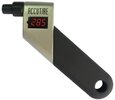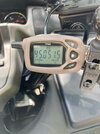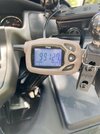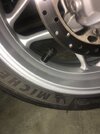melensdad
Well-Known Member
YES, 89 degrees for the front tire, 95 for the rear.aren't those the 89 and 95 in his display or is that something else?
The temps and pressures went up as I rode but I noticed they only went up a couple degrees on the back roads, then when I hit the 4 lane divided highway and the speeds went up, so did the pressures and temperatures. None of that is of any real interest to me.
What I really want to know is if and when the pressures drop.






